How to be a Great Wildlife Photographer: Pro Tips and Tricks
Professional wildlife photographer Graeme Green imparts his wisdom from the wilderness to help you capture life through the lens.
Shares
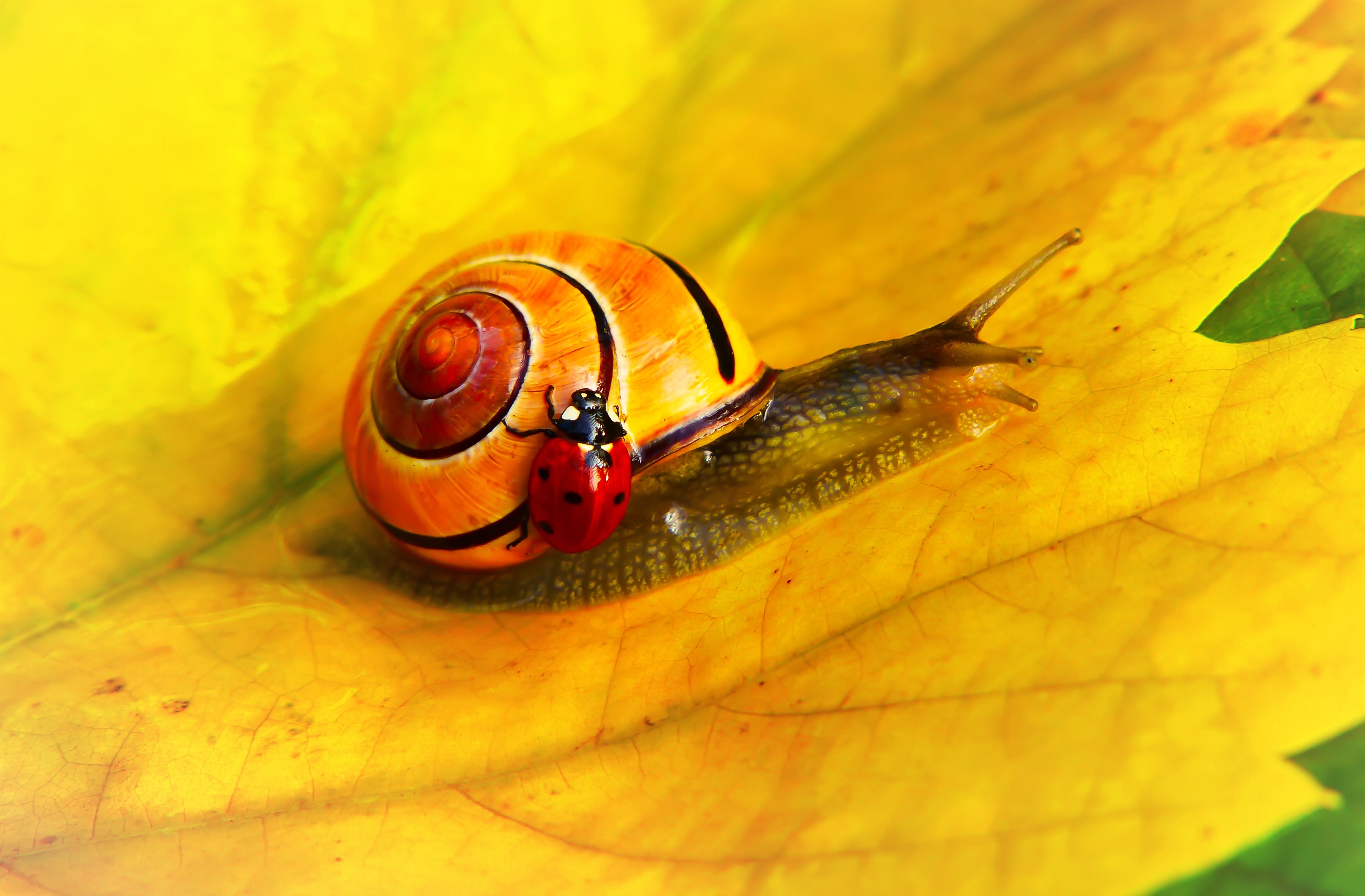 Photo © Krzysztof Niewolny
Photo © Krzysztof Niewolny
Photographing wildlife is exhilarating as it means spending time with diverse, colorful creatures in some of the wildest and most beautiful parts of our planet. But it’s also challenging – it takes time, patience, and skill – and without the right mindset, great photo can easily escape you. Here are some simple tips for taking wildlife photos that will stand out.
- Become a Student of Behavior
- Think About What You're Trying to Achieve
- Be Ready and React Quickly
- Use the Light
- Get Creative
- Look Beyond the Obvious
- Get Down on the Animal's Level
- Think Small, Not Just Big
Become a student of behavior
A bit of knowledge goes a long way in wildlife photography. The more you understand about the creatures you’re trying to photograph, the better your pictures are likely to be.
Read up before a trip. Talk to expert wildlife guides on your trip who can tell you when and where a specific animal will be active or suggest remarkable behaviors you can capture.
The more time you spend photographing wildlife, the more you start to sense when a scuffle is about to break out or a bird is about to take flight. Being able to ‘predict the future’ helps you to be ready for the shot when it happens.
It’s also worth watching for patterns, such as monkeys moving in a chain through the forest or penguins leaping out of the ocean at precisely the same spot and taking advantage of that predictability by being in the right place at the right time.
Think about what you’re trying to achieve
If you want photos that capture dramatic chases, it makes sense to head to prime hunting grounds. If intimate portraits are what you’re after, the approach you take will be very different – from the places you explore to the lenses you use.
Think in advance about what you’re trying to achieve. There’s nothing to stop you from changing plans to seize opportunities that arise, which is all part of the fun of wildlife photography. But if you work with purpose, it is more likely you’ll get the kind of photos you want.
Be ready and react quickly
You never know when something cool is going to happen. When a monkey strikes a pose or a giraffe peeks over a tree, often you only get one take. That means watching carefully and reacting quickly.
If the animal is stationary for long periods, consider a tripod or mount to hold your camera in position to save your arms and neck from pain.
Being ready also means understanding how your camera works. Spend time learning the functions and experimenting with elements, such as shutter speed, before your trip. You need to be familiar enough so that you can make changes quickly. The last thing you want when an unmissable natural spectacle appears in front of you is to be fiddling with the dials.
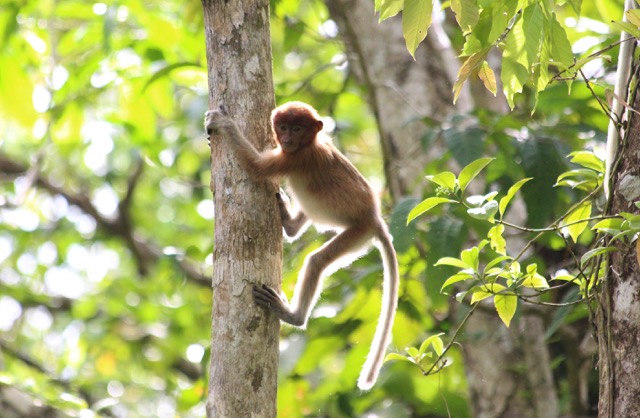
Use the light
Even nature’s most remarkable animals can look lifeless if there’s no light or very flat light (from above). Always look at what the light is doing. Think about the possibilities, and whether you want a picture of the animal lit from the side, front or back.
Don’t be put off by small amounts of light either. A beam of light coming through the trees used creatively, can still make for a great picture.
Get creative
The more time you spend taking wildlife photos, the more satisfying it is to be creative and find your own way of doing things.
Push yourself in new directions. Don’t repeat the same kind of photos you’ve taken before or that you’ve seen taken by other photographers. Innovate with how you frame things, play around with effects, and experiment with light.
Sometimes creativity is a necessity, too. On an assignment in Sarawak, Borneo, my photographs of a mass exodus of bats from Deer Cave in Mulu National Park lacked impact. Instead, I paired them against features from the landscape, such as big leaves, to get photos I was happy with.
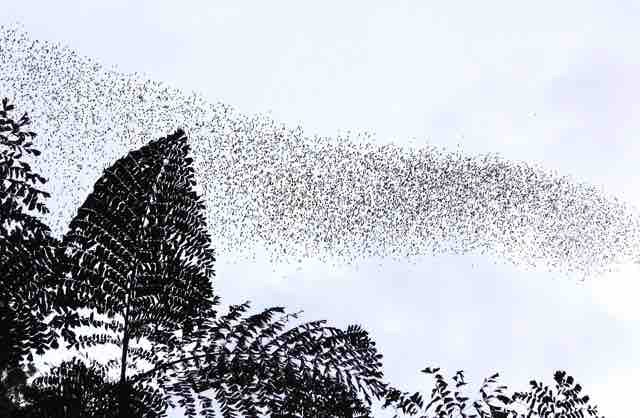
Look beyond the obvious
Look around at what’s in the environment, not just the viewfinder. Sometimes, rather than zooming in on an animal, you can find interesting juxtapositions or ways to set the animal in its surroundings. In the Falklands, panning out from a cluster of penguins on a beach to show a storm approaching created a very different photo than just focusing on the birds.
Spotting playful interactions with other animals can also make for memorable pictures.
Get down on the animal’s level
Safaris often mean driving around, searching for wildlife and photographing it from a vehicle. I prefer getting out of the van any time I can.
Walking across a grassy plain or through a jungle not only makes you feel closer to the environment but being at ground level also produces more interesting pictures.
As with humans, a photo looking down on an animal’s head rarely captures their best angle. Avoid wearing your finest business suit and don’t be afraid to get muddy down on the ground for the best angle.
Think small, not just big
Great wildlife photography isn’t just about the big beasts, like lions, gorillas or elephants. Little lizards, colorful birds and bizarre insects can be just as photogenic, so keep your eyes peeled.
Look closely at animals, too, and consider picking out a detail: an eye, a horn or the shine on wet fur.
It’s also possible to find artful shapes and patterns, whether in the coat of an animal or the way a group of creatures has huddled together, which, again, make for a more original photo than just a straightforward portrait.
Related articles
Simple and flexible travel insurance
You can buy at home or while traveling, and claim online from anywhere in the world. With 150+ adventure activities covered and 24/7 emergency assistance.
Get a quote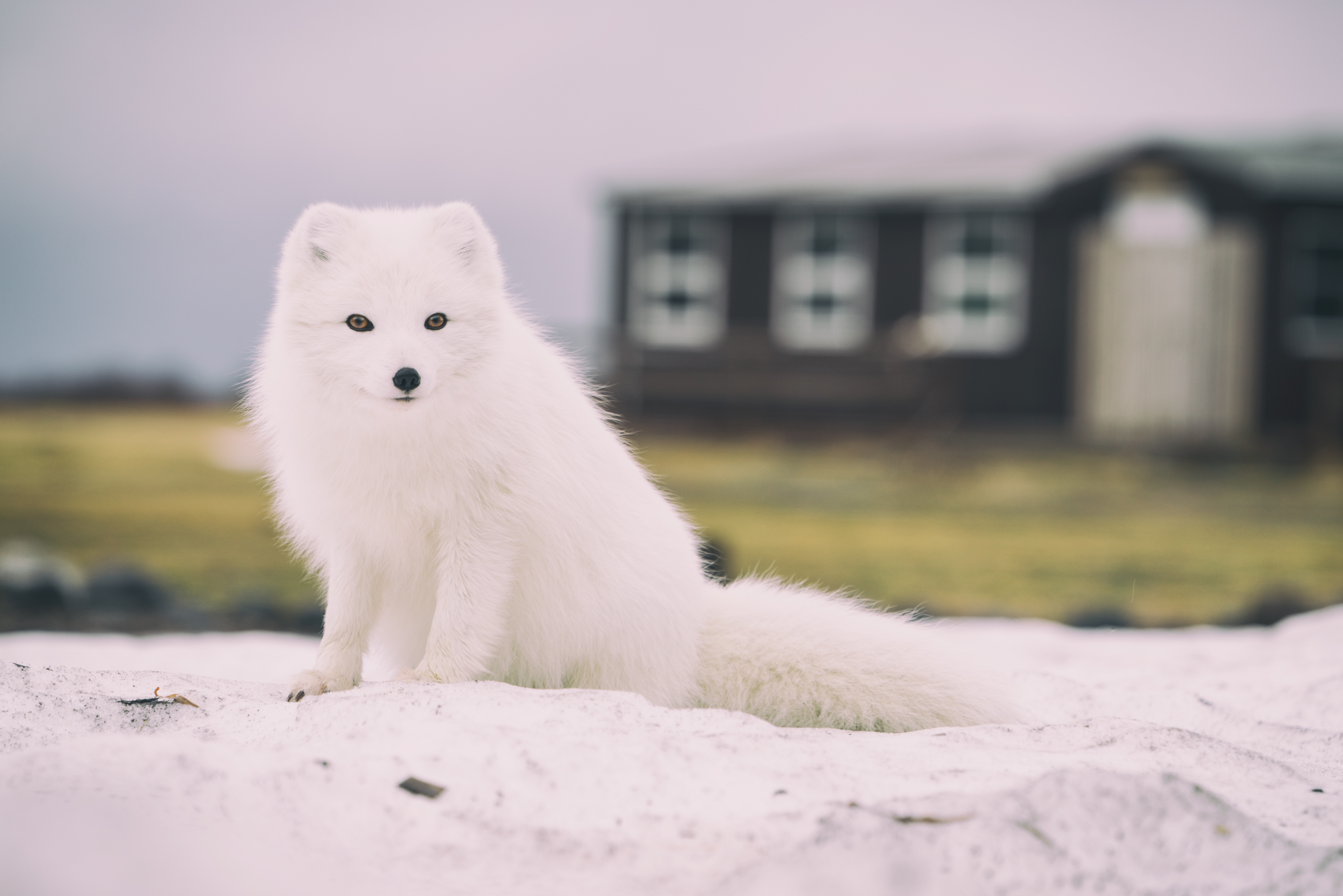
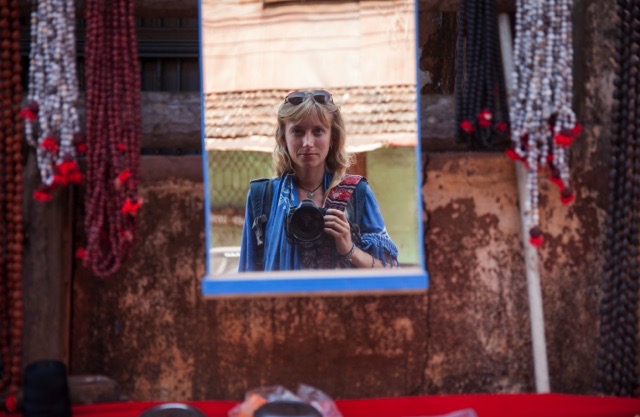
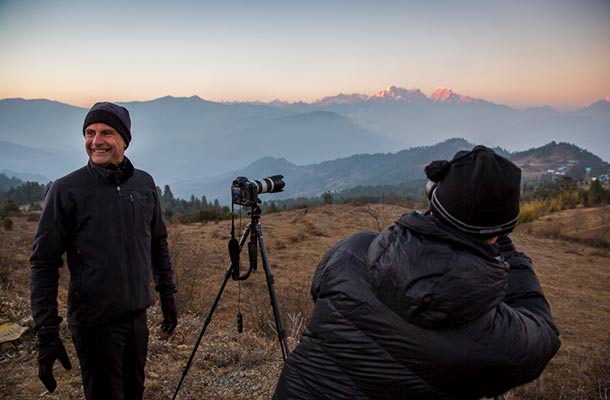
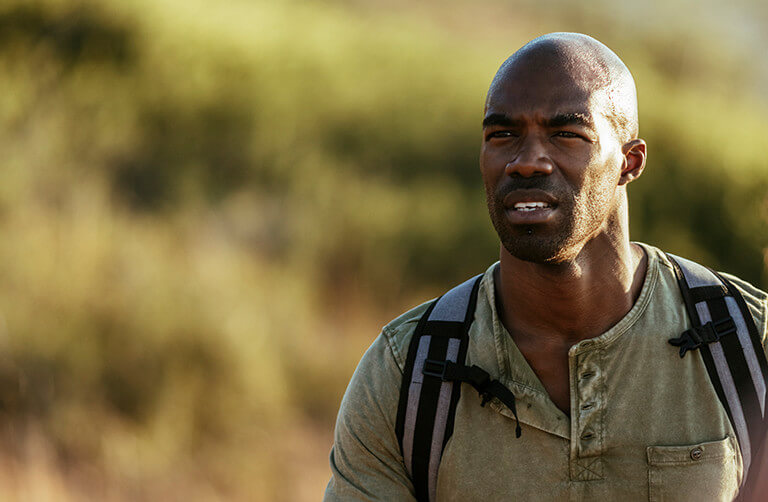
No Comments